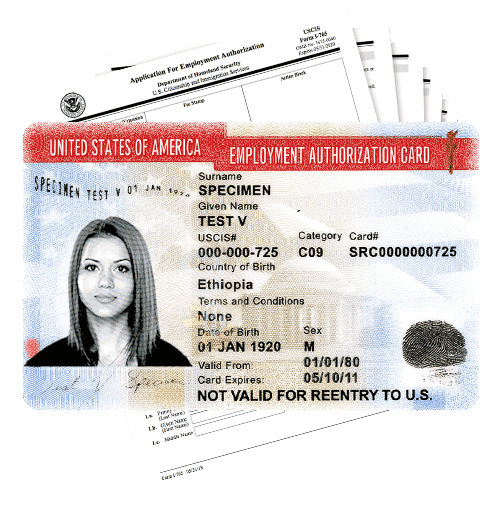by: Moses Apsan,Esq.
Fling a bankruptcy and surrendering your home or reducing the 2nd mortgage, short sales and foreclosure can all result in cancellation or forgiveness of debt for the borrower by the IRS. When there is debt cancellation , it can become taxable income to the borrower. In other words, if a $100,000 2nd mortgage is reduced by 90%, you may be left holding the bag on taxes for the amount forgiven. Here it would be $90,000. Not exactly what you want, especially after losing your home.
Apparently Congress and the President expect many taxpayers to lose their homes over the three year period the law will remain in force. On December 20, 2007, the Mortgage Forgiveness Debt Relief Act of 2007 became law.
The relief from debt stemming from foreclosure of a personal residence, but only to the extent the debt went into buying or improving the house, will not be taxed if a foreclosure occurs between January 1, 2007, and December 31, 2009. However, many still have a problem unless they file a petition in bankruptcy.
There is a limit on the cancellation of debt a homeowner can claim before it becomes taxable. The limits are $2,000,000 or $1,000,000 for a married taxpayer filing a separate return. Nonetheless, many consumers will still have a tax bill after the foreclosure of their real estate loans. The initial problem will be that only debt from buying or improving the property is protected by the new law. When home values were skyrocketing and sub-prime lenders were easy with lending guidelines, it was quite popular to take out a second mortgage or home equity line of credit to consolidate high interest credit card debt.
Most people that reafinced their home, did not have to pay off credit card bills as part of the contract. This portion of the home debt is not covered with and continue to trigger tax liability when the loan is foreclosed.
Second homes, vacation homes, investment property and businesses are not included in the forgiveness; it will only apply to debt secured against the principal residence of the taxpayer. If a taxpayer has two homes, only the home that is used the majority of the time will generally qualify.In a bankruptcy exceptions to cancellation of debt income taxation still are available.
10 facts that the IRS wants you to know about Mortgage Debt Forgiveness.
- Normally, debt forgiveness results in taxable income. However, under the Mortgage Forgiveness Debt Relief Act of 2007, you may be able to exclude up to $2 million of debt forgiven on your principal residence.
- The limit is $1 million for a married person filing a separate return.
- You may exclude debt reduced through mortgage restructuring, as well as mortgage debt forgiven in a foreclosure.
- To qualify, the debt must have been used to buy, build or substantially improve your principal residence and be secured by that residence.
- Refinanced debt proceeds used for the purpose of substantially improving your principal residence also qualify for the exclusion.
- Proceeds of refinanced debt used for other purposes – for example, to pay off credit card debt – do not qualify for the exclusion.
- If you qualify, claim the special exclusion by filling out Form 982, Reduction of Tax Attributes Due to Discharge of Indebtedness, and attach it to your federal income tax return for the tax year in which the qualified debt was forgiven.
- Debt forgiven on second homes, rental property, business property, credit cards or car loans does not qualify for the tax relief provision. In some cases, however, other tax relief provisions – such as insolvency – may be applicable. IRS Form 982 provides more details about these provisions.
- If your debt is reduced or eliminated you normally will receive a year-end statement, Form 1099-C, Cancellation of Debt, from your lender. By law, this form must show the amount of debt forgiven and the fair market value of any property foreclosed.
- Examine the Form 1099-C carefully. Notify the lender immediately if any of the information shown is incorrect. You should pay particular attention to the amount of debt forgiven in Box 2 as well as the value listed for your home in Box 7.







